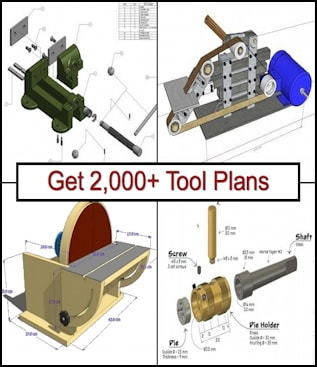Hi friends,
I have published recently a couple of article about woodwind making.
Concerning musical instrument making, there are tons of information on the Web about string instrument making, but with respect to the wind instruments, information is much more difficult to gather.
I have been personally researching around that topic for some years now and I came to a point where I reached, according to me, a satisfying enough method, and my goal here is to try to fill the gap of information with this series of articles.
These two first articles will talk about the most difficult concern for the amateur maker, which is the bore of the instrument.
Next I will maybe add some articles about key making, measuring an existing bore, maybe digital simulation of a bore...
The first article discusses deep drilling in wood and how to manage it, the different approaches that can be taken.
In English : Long holes boring
In French: Perçages longs
In terms of tooling, I have already showed here my D bits and steady rest, the article focuses on the method and strategy and errors to be avoided.
Here are some of the key points :
Conical bores will be roughed out by step drilling :
For the initial bore, smallest diameter, avoid the twist drill bits, especially the very souple brad point ones, that will follow the grain of the wood and will drift far too much.
Instead use Dbits or gun drills :
Then enlarge the bore with long drill bits, but preferably metal ones, with conical, self centering tips :
For cylinrical bores, note on the right of this photo how a machine reamer can be brazed at the end of an extension rod in order
to finish the bore. In case of cylindrical bore, the initial bore can be larger than for conical ones, hence the use of larger d-bits.
Note also an exemple, second from the right, of D bit made for enlarging with a guiding pin.
In case of small drift, which is always difficult to completely avoid, you can always recenter the workpiece
Next article about reamers...


 LinkBack URL
LinkBack URL About LinkBacks
About LinkBacks








 Reply With Quote
Reply With Quote

Bookmarks